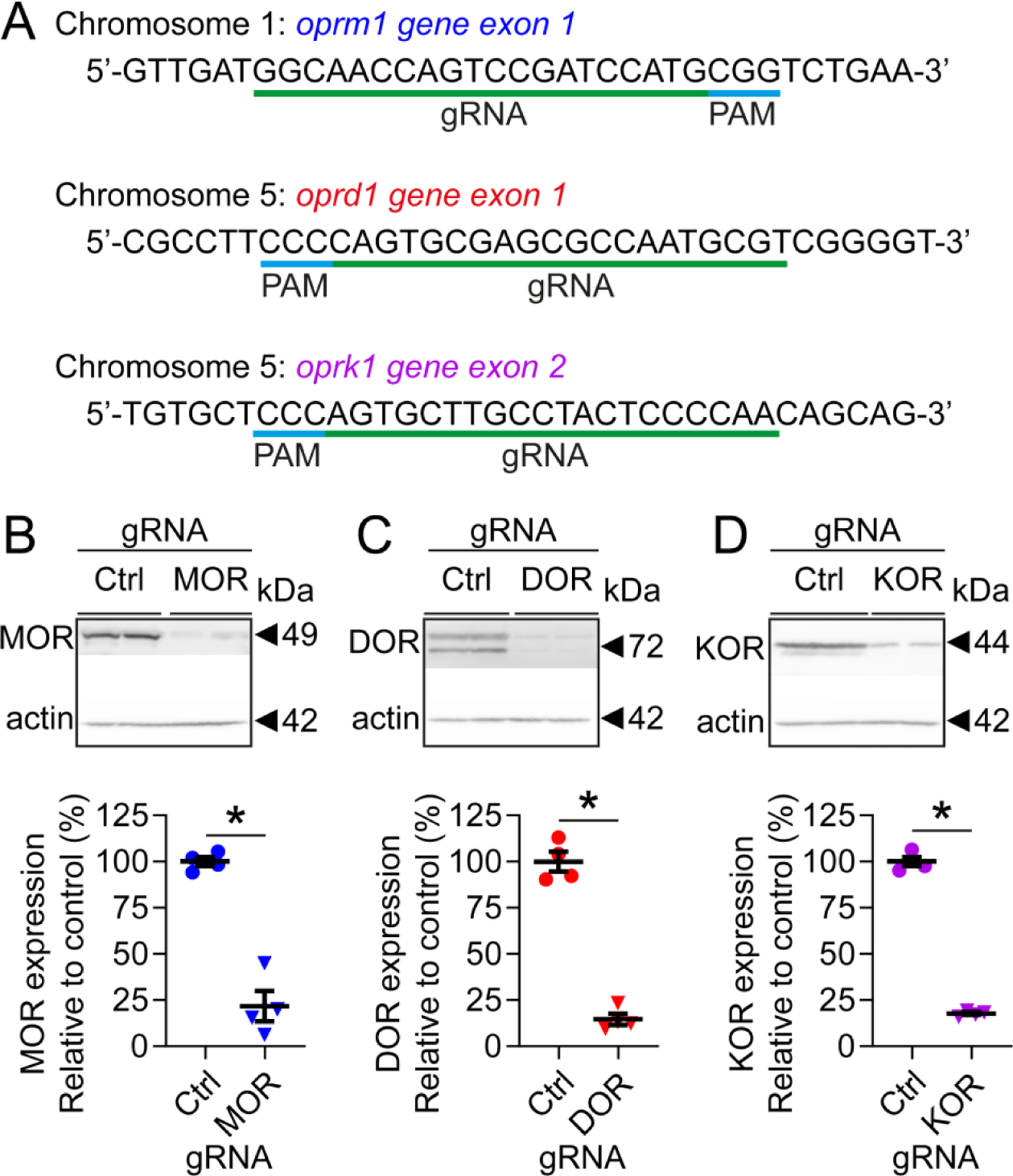Figure 2: Validation of genomic editing of opioid receptors in the spinal cord.

Rats were intrathecally injected with plasmids encoding Cas9 and gRNAs targeting μ- (MOR), δ- (DOR), or κ-opioid receptors (KOR). Two weeks following injection, dorsal horns of the spinal cord were collected, and levels or each opioid receptor were assessed by western blot. (A) Sequences of gRNA specifically targeting MOR, DOR, or KOR. Representative western blots illustrating levels of MOR (B), DOR (C), or KOR (D) in rats injected with CRISPR/Cas9 constructs, and quantification of their respective levels of expression. Targeting opioid receptors resulted in a robust decrease of receptor expression in the dorsal horn of the spinal cord. Results are expressed in mean±SEM, n=4, Mann-Whitney nonparametric test, *p<0.05.
